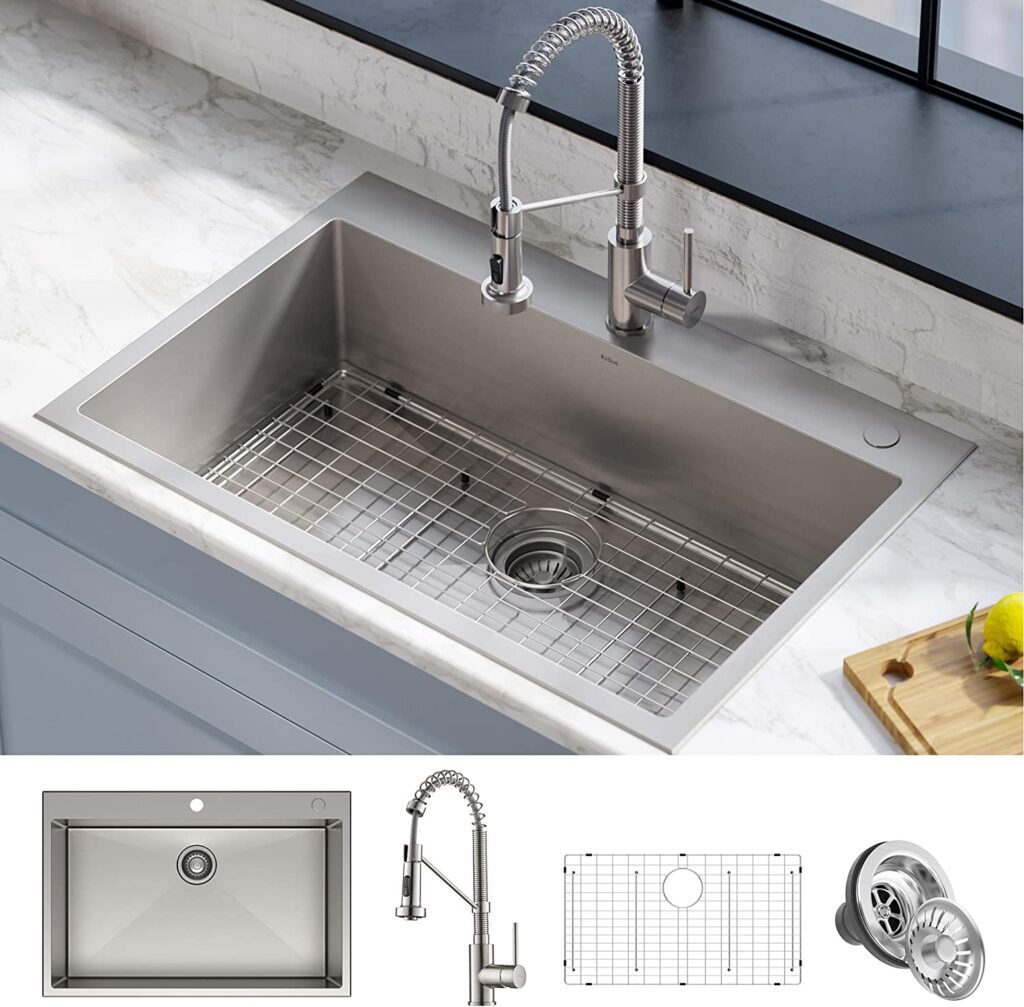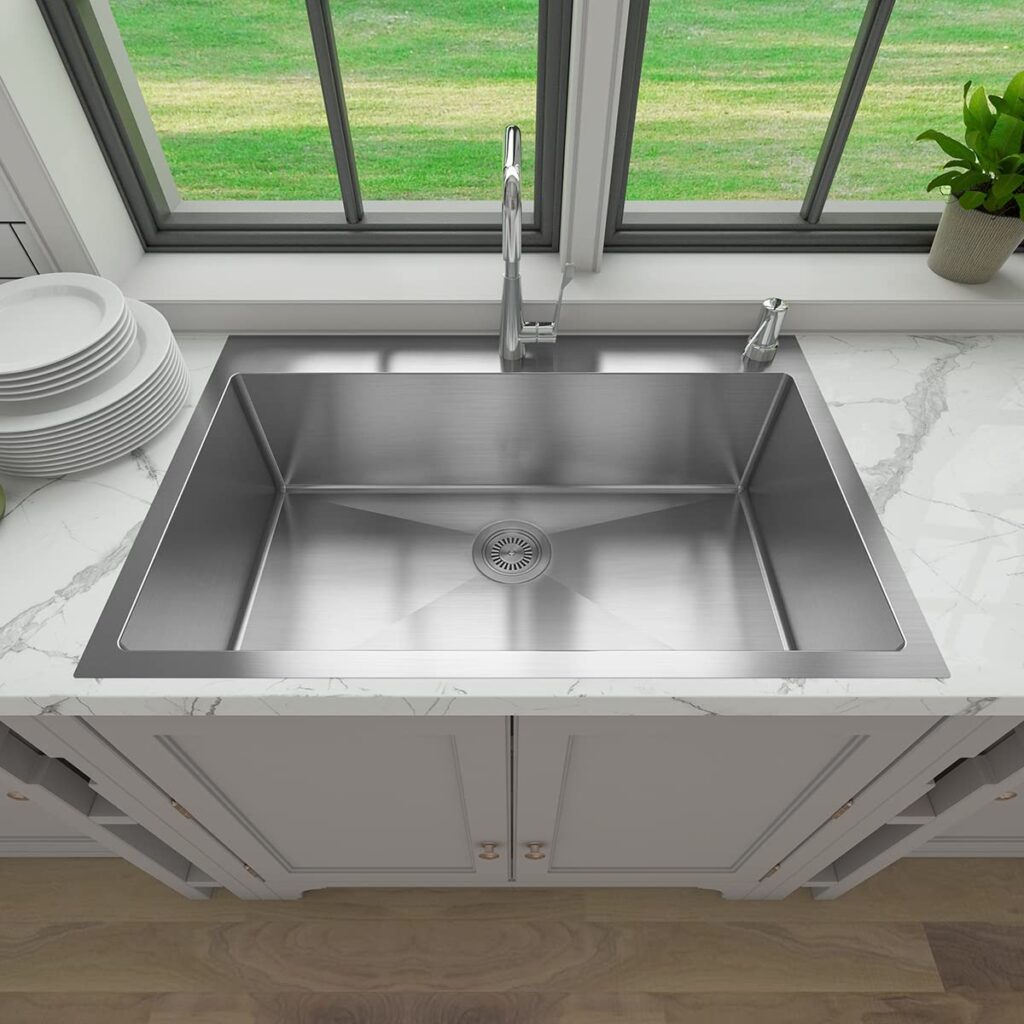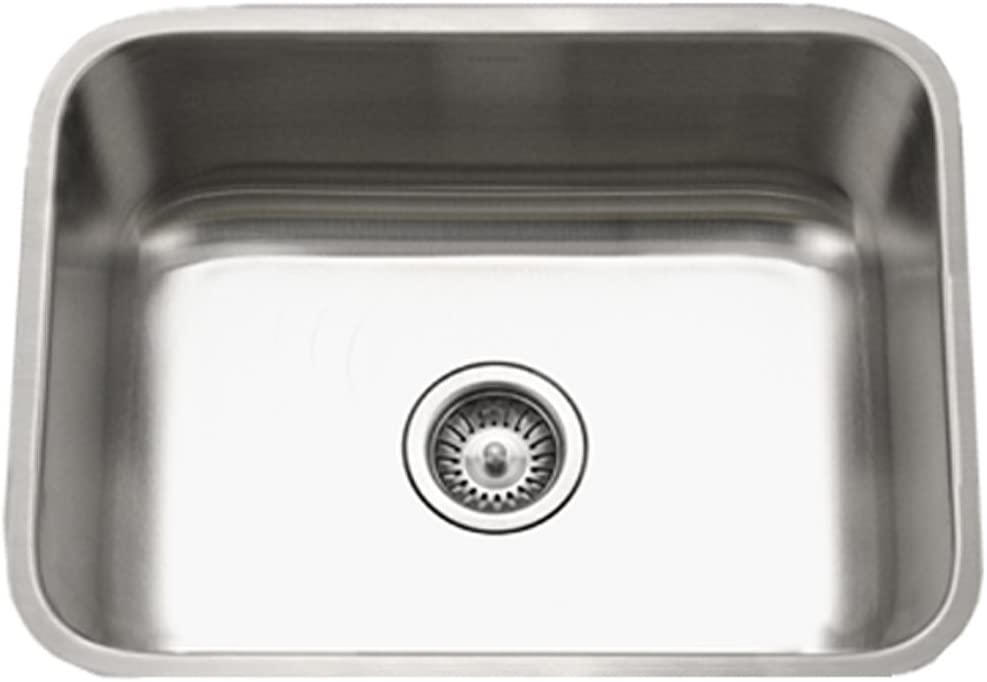How to tighten kitchen faucet nut under sink?
Would you like to know how to tighten your kitchen faucet nut under sink? We all know that having a loose kitchen faucet can be quite frustrating because it leads to water leakages, low water pressure and can even damage the sink with time. Luckily, the process of tightening the faucet nut under the sink can be done with just a few tools and does not require experience nor advanced knowledge. This guide has provided you with steps on how you can easily carry out this task.
Let’s get started,
Tools
To carry out this operation you will need the following:
- A flashlight
- Plier
- Basin wrench
- Safety goggles
- Gloves

Related Article: How to vent a kitchen sink under a window?
Steps to tighten kitchen faucet nut under sink
The following are steps to tighten:
- Turn off water supply: This is the first step, turning off the water stops water from flowing while you are working on the nut.
- Drain water lines: This step drains water lines so that no water comes out when the nut is loosened. Let the water run until it completely stops.
- Remove P trap: A P-trap is a curved pipe that connects or integrates the drain and sewer line. You can use a wrench or pliers to loosen the nuts that hold the P-trap to the rain line and sink. You can remove the P-trap once you have loosened the nuts.
- Check the Nut: The next step is to locate the nut which can be found under the sink and near the base of the faucet. If you don’t have enough light, you can use a flashlight so that you can easily view it.
- Use Pliers or wrench: Once you have located the nut, you can either use a plier or a wrench to tighten the nut a process that requires you to turn it clockwise. In short, turning the wrench or the pliers clockwise tightens the nut.
- Use a basin wrench: A basin wrench can be used to reach hard areas which has been made possible because of its long handle as well as the swiveling head. This makes it possible to reach tight spaces.
- Check leaks: After tightening, it is important to check for any leaks. If you do see any leaks, tighten the nut further until you confirm it stops leaking.
- Reassemble: Once you are done, this step is for reassembling the parts, such as the handle and more.
- Restore water: The last step is to restore water flow.
Importance of tightening a kitchen faucet nut under the sink
- Tightening the faucet nut prevents leaks.
- A tightened nut enhances stability since it prevents the faucet from wobbling around.
- A well-tightened faucet nut ensures proper functioning.
Disadvantages of a lose kitchen faucet nut under the sink
- A loose nut can lead to water leak, which can lead to water wastage and also damage to the surrounding. Leaked water can cause the growth of mold.
- Wobbling will be part of your daily experience which can make it difficult to use.
- A lose not can also reduce the functionality of the faucet.
- A lose nut also leads to water wastage.

Alternatives To a Wrench
There are many alternatives to a wrench that you can use depending on the task you are carrying out:
- Pliers: A plier is a versatile tool that is well-designed to be used in griping, turning as well as twisting other tools or objects. Pliers come in a variety of brands and sizes. There is needle nose plier, slip-joint pliers and more.
- Vise grips: These tools are similar to pliers and they are equipped with a locking mechanism that has the ability to hold objects firmly. They are used in holding nuts and bolts.
- Hammer and chisel: You can use a hammer and chisel to remove stuck or rusted nuts.
- Duct tape: Duct tape is also a great alternative that can be used to tighten sink nuts.
- Zip Tie: This is also a great substitute for a basin wrench.
Related Article: What causes low water pressure in kitchen sink?
Frequently Asked Questions
- What tool is used to tighten bolts under sink?
A basin wrench is the most commonly used tool for tightening bolts under a sink. It is a well-designed tool that has a long handle as well as an adjustable jaw at the end. Its jaw fits well on the nut allowing to easily twist by loosening or tightening. On the other hand, the long handle enables you to reach hard areas under the sink easily. Other wrenches are equipped with a swiveling head that makes them more flexible to reach tighter space with ease.

Conclusion
We can conclude by saying that tightening a kitchen faucet nut under the sink is a simple process that requires the right tools to carry out the task. As we have seen all you need is a basin wrench and the above steps to fix. This process can be carried out by a beginner because its easy. Tightening the nut will help you save a number of problems.
Related Article: When is the best time to remodel kitchen?

